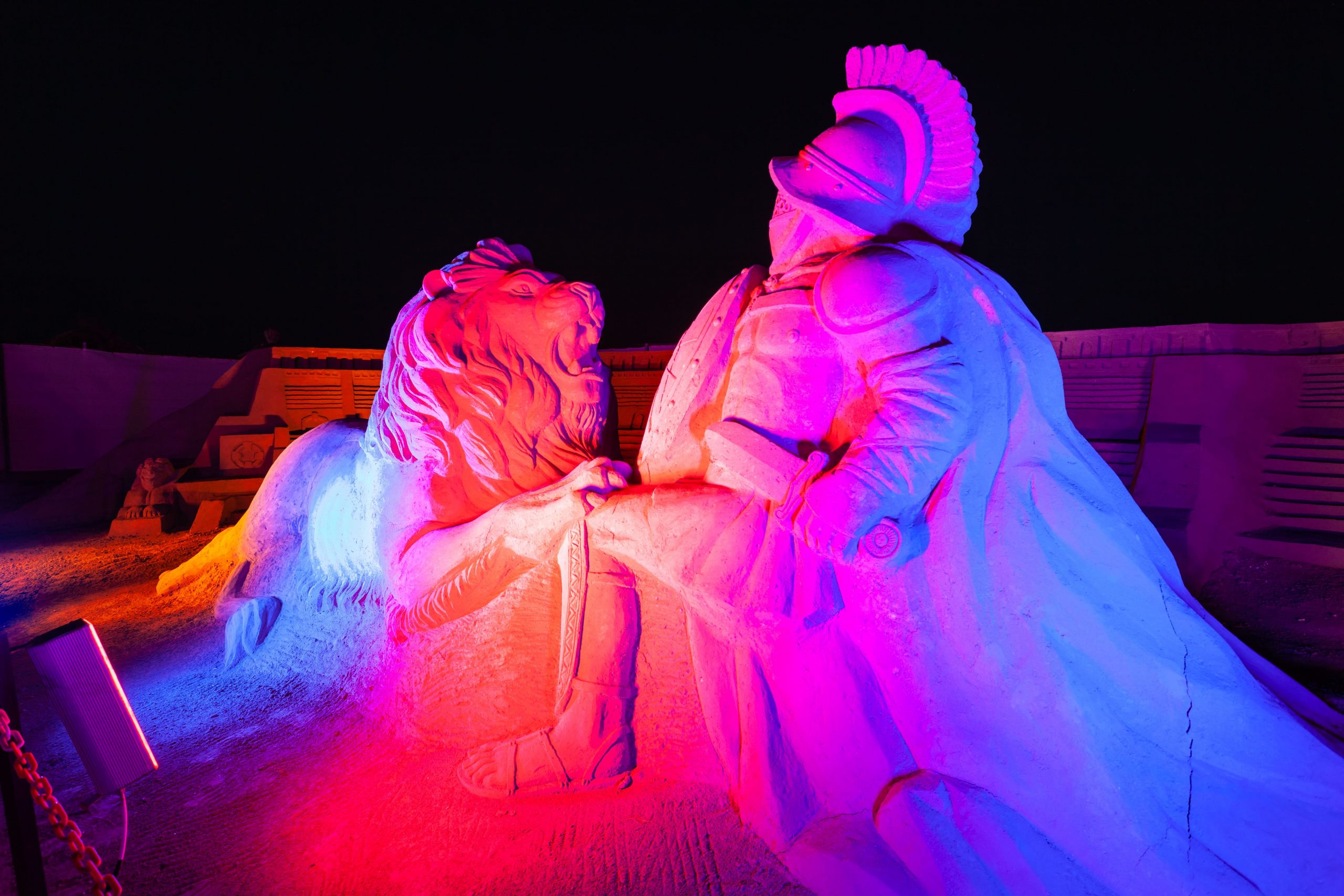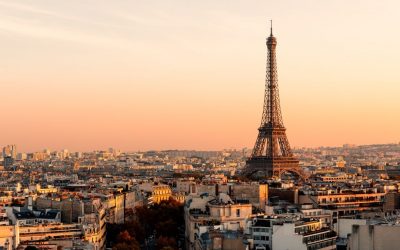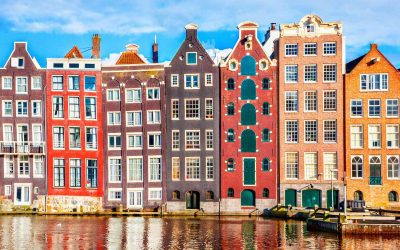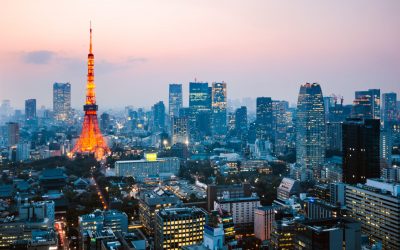Pyramids in Turkey? A Sphynx lazily contemplating Buddha? What’s going on?
Well, it’s the Sandland Museum in Antalya and its annual Sand Sculpture Festival.
Turkey’s International Antalya Sand Sculpture Festival is an open-air sand sculpture festival held annually in Antalya, southern Turkey, since 2006. It is held in the Sand Sculpture Museum on the Lara Beach of Antalya.
The festival is one of the most massive of its kind, stretching over an area of almost a square kilometer, and is probably the largest sand event in the world. The first Sand Sculpture Festival was organized and funded by Global Works Art Design; today it is supported by such bodies as the Ministry of Culture and Tourism of Turkey, Antalya City Council, and plenty of other organizations. The festival aims to show that sand sculptures are not only about scale and outer beauty, but they also reflect the unique outlook on life that each artist imbues in their artwork.
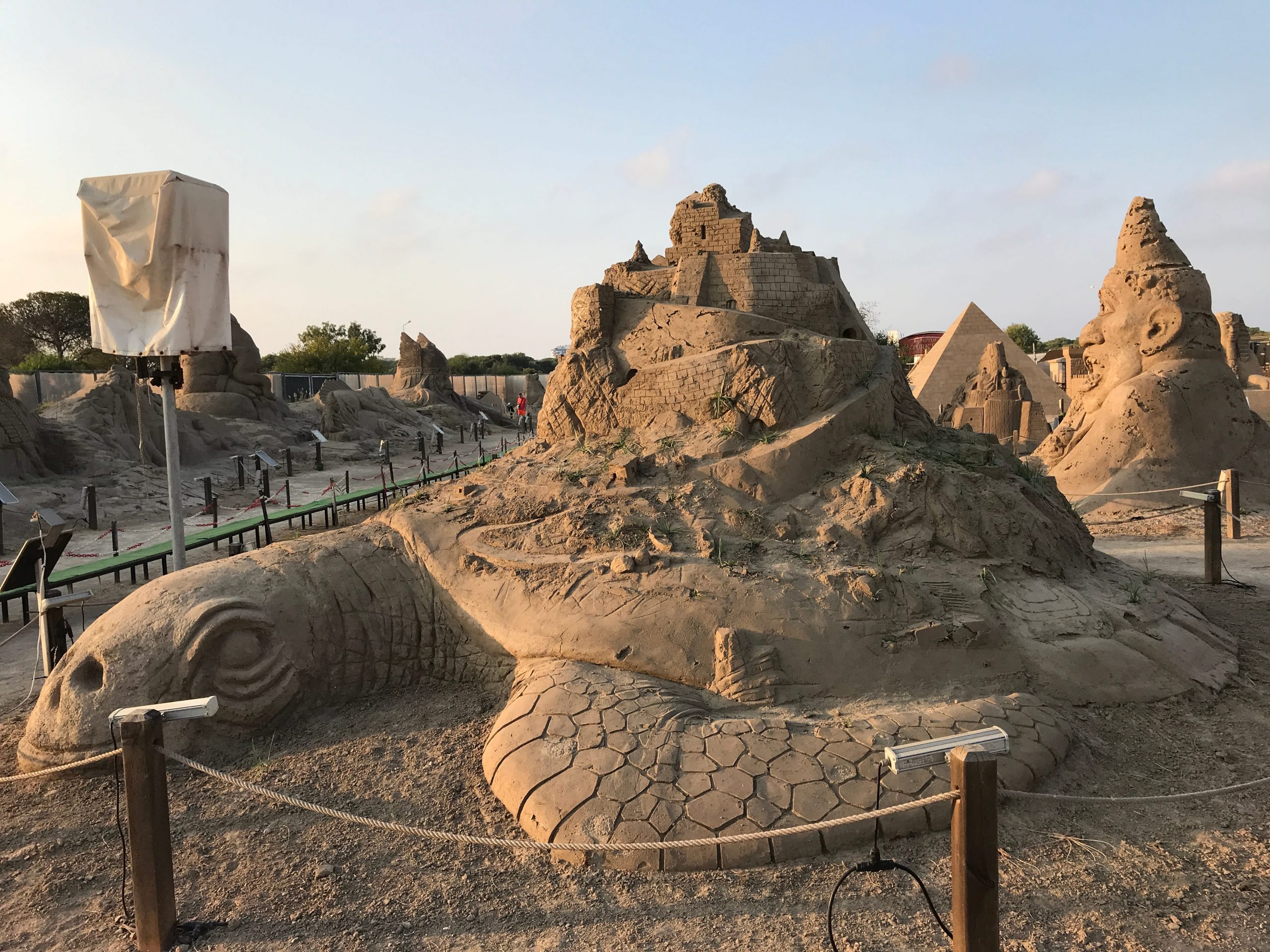
Table of Contents
What will it be like this year?
The museum is open all year round, but the festival runs for a limited time, when sculpture artists from more than ten countries gather for several weeks to create new sculptures on a particular topic. Visitors can see the ready statues displayed at the museum or observe the process of creating new ones. The theme changes every year – in 2022, it is outer space. Focusing on space-human interaction, 25 sand sculptors will use 10,000 tons of sand to reflect on humanity’s aspiration to reach the sky, from the first known aviators to setting foot on the moon, to the continuing efforts to conquer the farthest boundaries. The exhibition will include sculptures with real prototypes from the past and present, like statues of Yuri Gagarin and Neil Armstrong, Apollo 11, the Hubble Space Telescope, as well as future projects, like Mars colonies, and space-related fiction, such as Star Trek and Star Wars.
As part of the event, visitors will have access to workshops on space observation, art, and science. There are also telescopes to make observations of stars and the sun, and a gravity-free environment with a gyroscope. With this year’s theme, the festival is determined to go beyond being a sand sculpture event.
What is it all about, anyway?
The museum and its festival were created to support sand art, a trending artistic activity. Master sand artists usually make groups of 2-3 persons and use sand and water to create their masterpieces. That’s right, it’s only sand and water: the trick is that the sculptors specifically use river sand, the grains of which are chiseled. With water absorption, these grains conjoin very firmly into a thick sculpting material. Wet sand mass is formed into a giant block using wooden beams, which are later removed for the artists to start carving out their sculptures. It generally takes around 72 hours of work to create one sculpture, weighing several tons.
There are about 100 sculptures on display at the Sandland Museum. The sculptures do get wet in the rain, but they don’t collapse: the water that is soaked up in the sand vaporizes quickly. Small cavities might appear after a heavy rain, but these blemishes are easily fixed by the staff of the museum.
On average, a sculpture can survive weather conditions on the beach for several months, or even longer – the long-standing champion is the Cheops Pyramid sculpture, preserved for seven years through the different themes. It is currently under evaluation by the Guinness Book of World Records for its longevity and weight, since 1,000 tons of sand was used to form it. The Cheops Pyramid sculpture is even related to this year’s theme, since there are legends claiming that aliens were involved in the construction of the pyramids.
Besides admiring the exhibition, Sandland visitors can try their hand at sand art, too – a perfect place to develop your creative ability. If you don’t feel like walking through the vast territory of the museum on foot, there are ATVs available for rent. Around 7pm, colorful illumination is switched on.
